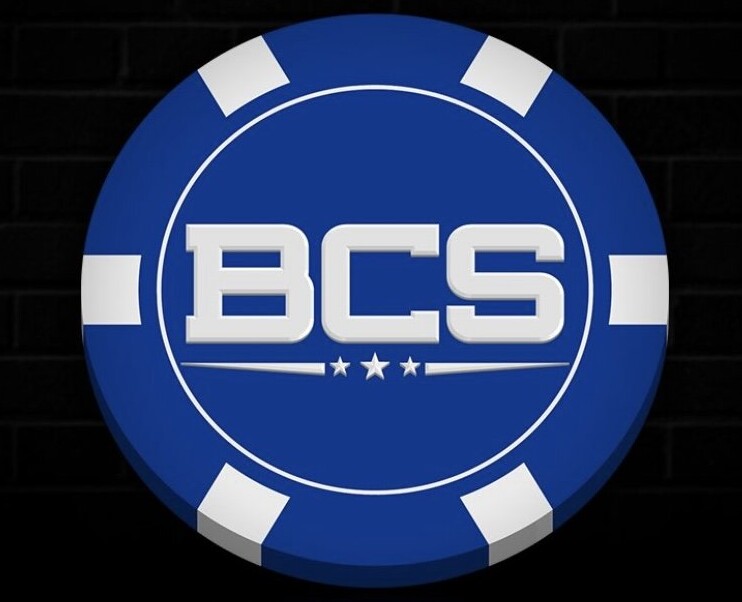You see inside zone run at every level of football. You can see it in the NFL, college, high school, even pee wee football. It’s a good reason why the inside zone play is so common. First of all it’s an easy concept to teach, second it functions as a foundational play that other plays can be run off of. We see in the NFL now inside zone is run along with read option attached to it.
The idea of inside zone is to create vertical penetration and run in between the tackles. To gain vertical penetration you need your offensive linemen to forcibly push the defensive line back off the line of scrimmage. This is done with double teams. The offensive linemen designate who to block through use of a numbering system and designation of playside and backside. Playside is simply the direction the run is designed to go, backside the opposite. The numbering system starts at 0 for the nearest defender to the playside, which is usually one of the defensive tackles. Next to 0 would be 1 then 2 etc. On the backside it would be from 0 then -1 then -2.
There is also the covered/uncovered system. If a lineman is covered that means there is a defender lined up directly in front of him. Uncovered mean there is a gap in front of him. For uncovered linemen they are tasked with either double teaming on the backside or climbing to the second level to take out a linebacker.
For the purpose of this article let’s say we run read option inside zone to the right against a traditional 4-2-5 Nickel. Your RG and C would double team the closest defender to the right, which would be the DT or 0 in the number system. Once that double team is secure the RG is going to climb to the second level and take on the LB. The RT is tasked with kicking out the playside DE (1) towards the sideline, which is called a hitch block. On the back side your LG and LT double team the other DT (-1) with the LG climbing to the backside LB. The backside DE is left unblocked, he is the read in the read option. If the DE crashes down on the run then the QB simply will pull the ball and run out the backside.
For the RB the target is to hit the gap created by the playside double team. Running inside zone requires the RB to be able to be decisive, you don’t want the RB dancing in the backfield, ideally the RB is to make 1 cut and get north/south. Vision and quick decisions are key. With zone blocking the offensive linemen are taking the defender in a certain direction. If a defender has leverage to the left, the offensive lineman is going to push him all the way to the left. It’s the RB responsibility to correctly read the leverage of his offensive linemen and make his cuts off of their leverage.
